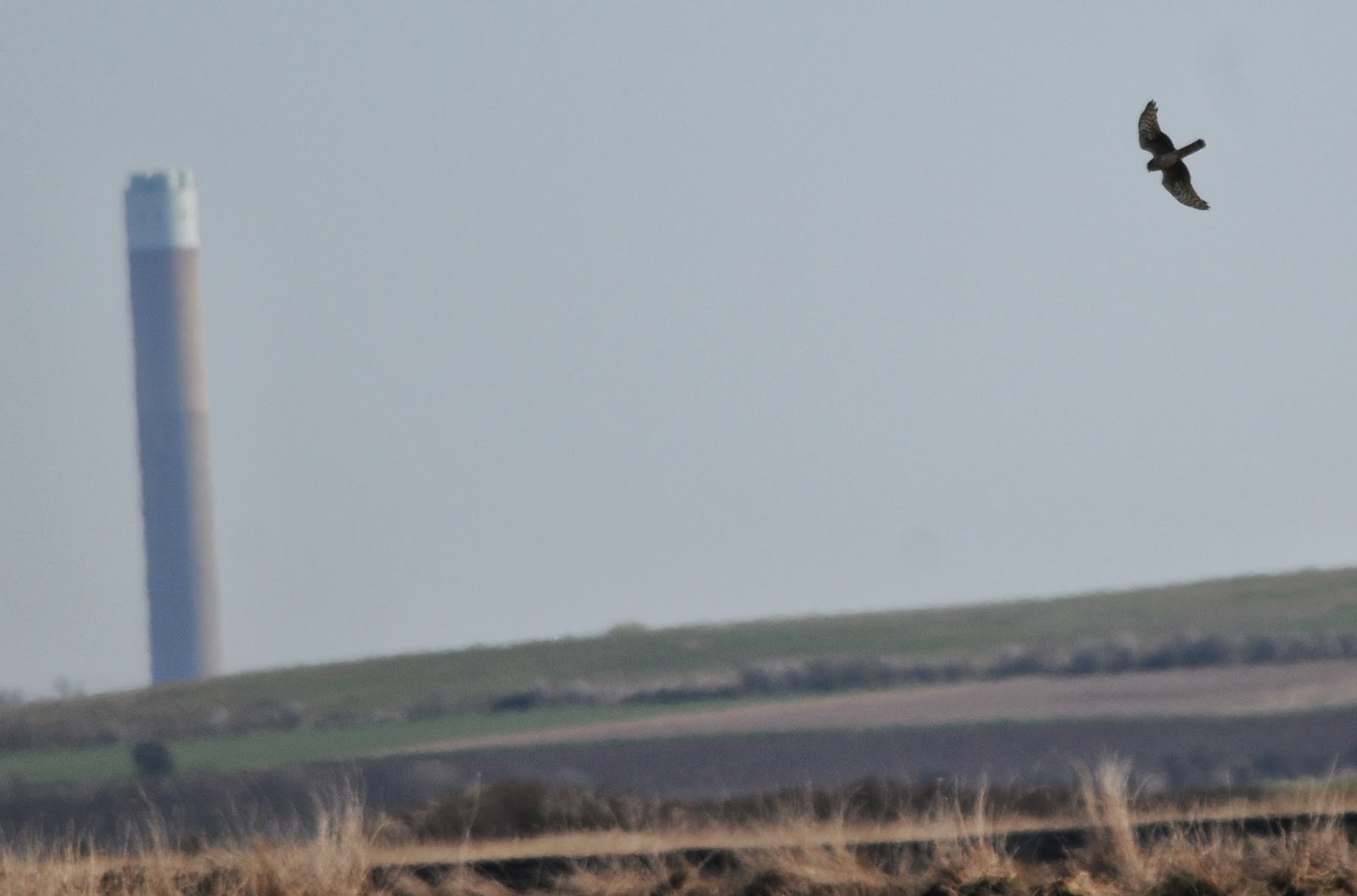March 30th
Of late I have not had the time to walk the Creek and Outfall, now retired from Construction and seem to be busier than ever so a trip on Sunday was very welcome. I always try and coincide visits with a rising tide, it pushes birds up towards you at the Outfall and even with the sun against I can usually get to the side of them. Today however was not an ideal tide and everything stayed rather distant.
This visit was all about migrants, I hoped to pick some up, the Outfall gave up about 11 Redshank, a single Curlew, around 30 Gadwall and Teal numbers look like they are decreasing rapidly, only about 200 present.
Unusually no Oystercatchers were present, it is usually a hot spot for them, from here I decided on a walk down the Creek. Chiffchaff were heard straight away as were Blackcap, bird of the morning however went to my first singing Willow Warbler of the year, always a good sign of spring.
3 calling Cetti’s Warblers showed how well this species is spreading, once a rare bird in our neck of the woods, its normal now to walk round the Valley and easily hear 20+.
After this I headed into the Sewage works, with the slightly warmer weather coming now the aroma is just starting to kick in, first time this year, it wouldn’t be the same place without it.
 |
| How many of these will get past the chap above. |
En route I checked the Gull colony, paired up already, they gave notice of what is to come with immediate flight in my direction calling as soon as I stuck my head over the sea wall. When they have young it’s even better, you get the full on dive bombing even at 80 metres away.
 |
| The Gull colony - warming up with a few dummy runs at me. |
 |
| Predominately Lesser Black Backed - will we again get Great Black Backed? |
Back to the Sewage works, at least 8 Grey Wagtails were seen before I found my first migrant on the tanks, a Wheatear, very welcome but unfortunately it proved to be the only one, I was hoping for a Sand Martin but not to be.
A good visit.



















































